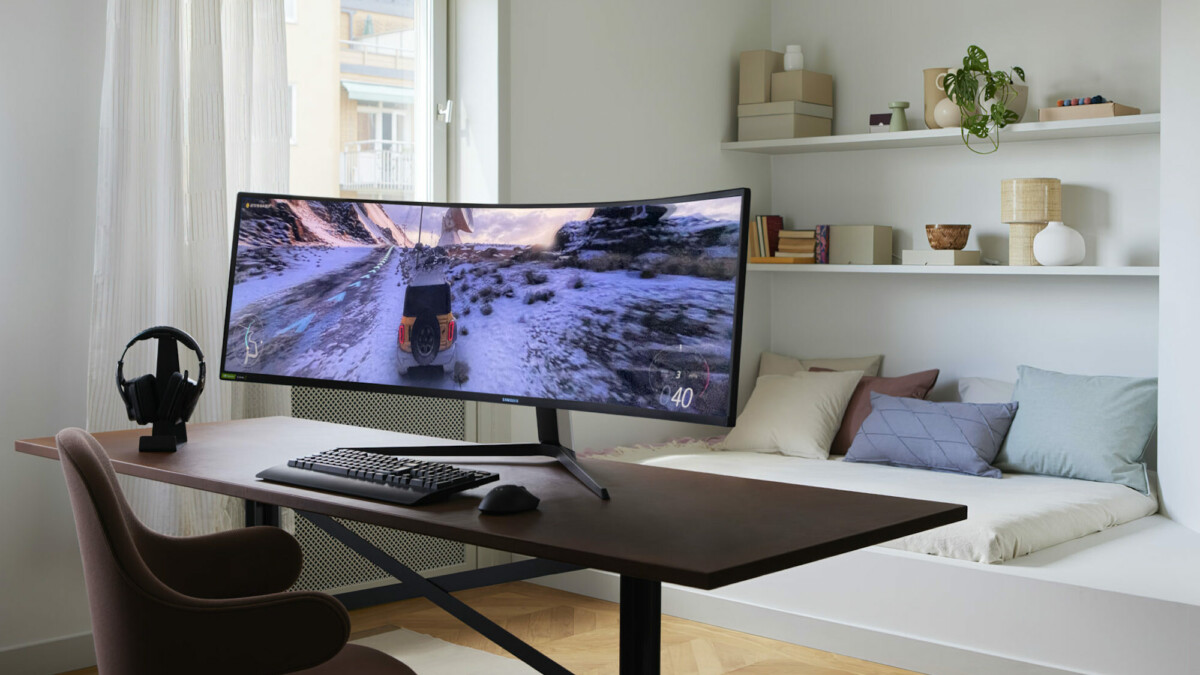The landscape of computer displays has evolved significantly over the years, offering users a myriad of options beyond the traditional aspect ratios and sizes. One such innovation that has gained traction in recent times is the ultrawide monitor. These monitors, with their wider aspect ratios, promise an immersive visual experience and enhanced productivity. But do they truly make a difference?

Let’s delve deeper into the realm of ultrawide monitors to uncover their advantages and considerations.
Understanding Ultrawide Monitors
Ultrawide monitors, characterized by their 21:9 aspect ratio (or wider), provide a significantly wider screen space compared to conventional monitors. These displays often range from 29 inches to 49 inches in size, offering ample horizontal real estate for various tasks. The extended width aims to mimic the field of view experienced in cinemas, enhancing the visual immersion for various applications.
Enhanced Multitasking and Productivity
One of the most touted advantages of ultrawide monitors is their ability to boost productivity. The expansive screen space allows for efficient multitasking by facilitating the simultaneous display of multiple windows, applications, or documents side by side without compromising readability. For professionals dealing with extensive data analysis, content creators, or multitasking enthusiasts, this feature can significantly streamline workflow and efficiency.
Gaming Experience and Immersion
In the gaming realm, ultrawide monitors have gained a dedicated following.

The wider field of view provides gamers with an immersive experience, particularly in genres that benefit from increased peripheral vision, such as racing or first-person shooter games. The seamless and wider display reduces the need for multiple monitors, eliminating bezels that can disrupt the gaming experience.
Content Consumption and Media Creation
For content creators, video editors, and graphic designers, ultrawide monitors offer an expansive canvas for creativity. Editing timelines, working with multiple toolbars, or comparing different versions of a design becomes more convenient with the extended horizontal space. Additionally, watching movies or consuming content optimized for widescreen formats provides a more cinematic viewing experience.
Considerations and Drawbacks
While ultrawide monitors offer a host of advantages, there are considerations and drawbacks to ponder:
- Compatibility: Not all applications or games are optimized for ultrawide resolutions. Some content may display with black bars on the sides, limiting the immersive experience.
- Price: Ultrawide monitors often come with a higher price tag compared to standard monitors with similar specifications. This factor might deter budget-conscious consumers.
- Physical Space: The sheer size of ultrawide monitors, especially larger models, may pose challenges in fitting them into certain workspaces or desks. Adequate desk space and a comfortable viewing distance are crucial for optimal usage.
Conclusion: The Verdict on Ultrawide Monitors
In conclusion, ultrawide monitors do indeed make a significant difference for users seeking enhanced productivity, immersive gaming experiences, and expanded creative capabilities. Their ability to facilitate multitasking, offer an immersive field of view, and streamline workflows is undeniable. However, individual preferences, compatibility concerns, and budget constraints should be taken into account before investing in an ultrawide monitor.
Ultimately, for users who prioritize multitasking prowess, immersive gaming, content creation, or simply crave a more expansive viewing experience, an ultrawide monitor can be a game-changer, elevating both work and entertainment realms to new heights of visual immersion and productivity.
Leave a Reply